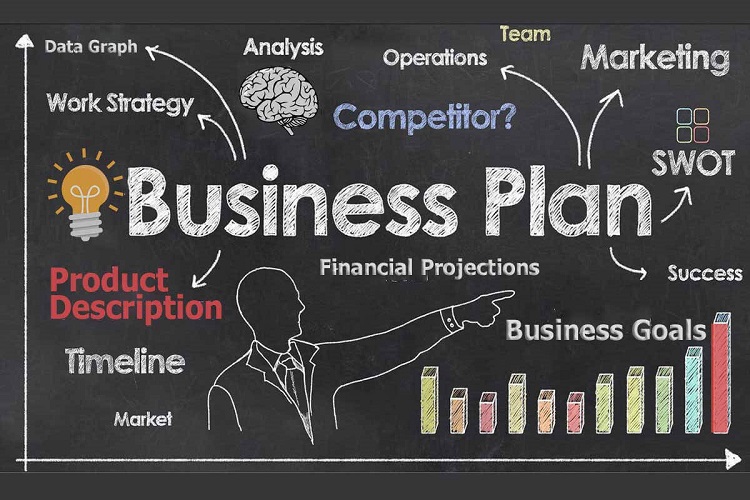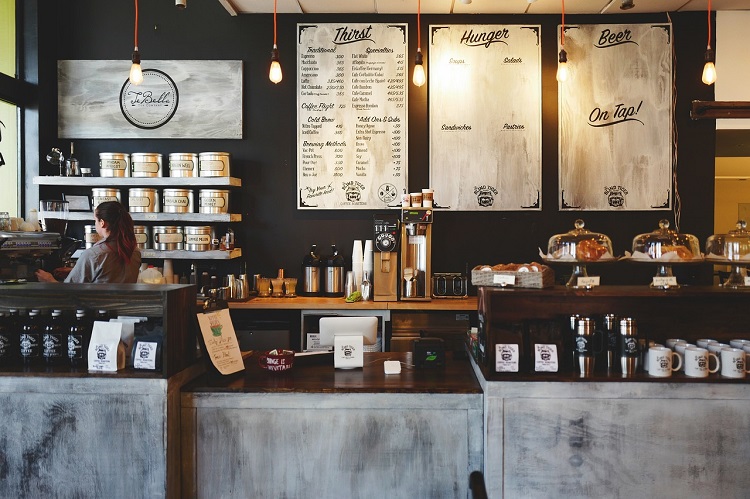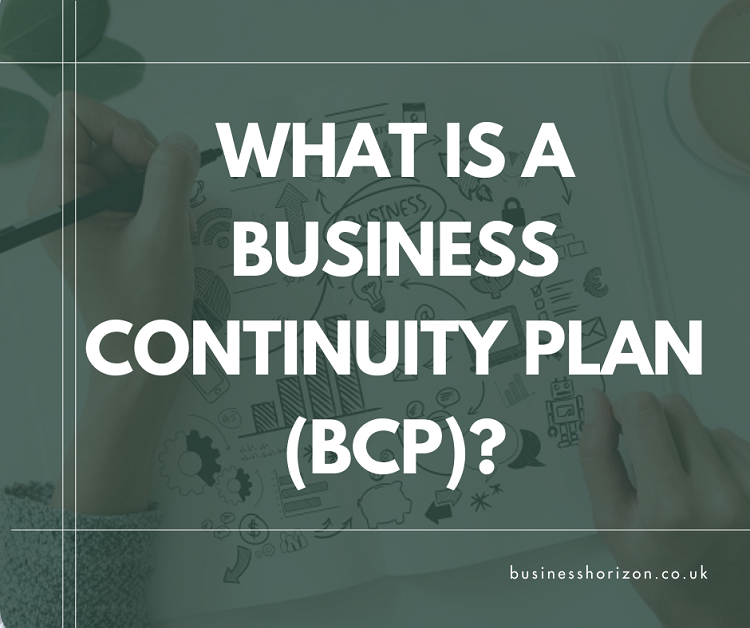Opening a coffee house might sound like a romantic idea serving lattes all day, chatting with regulars, maybe even throwing in a bit of jazz music in the background. But behind that cosy vibe is a pile of groundwork that needs sorting out before the first espresso is ever pulled. It’s not just about great coffee (though that definitely helps). You’re building a small business that’ll need structure, clear goals, and a whole lot of patience.
Start with Why You’re Doing This
Before we talk suppliers and seating, ask yourself one thing: Why do you want to open a coffee house?
Because you love coffee? Great. But it has to go deeper than that. You’ll be dealing with long hours, tricky customers, and finances that may wobble for a while. If your main reason is that you’re passionate about running a welcoming space, serving quality drinks, and building a local spot people want to return to, then you’re on the right track.
Research the Market, But Don’t Get Stuck There
Market research is helpful, but you don’t need to drown in data. Walk around the area you’re thinking of setting up in. Are there already ten coffee spots on that same street? What are they doing well? What are they missing?
Talk to people nearby. Ask what kind of café they’d actually use. Something simple and friendly? Something trendy? You can also look up footfall stats and local business trends, but don’t forget: what people say they want isn’t always what they use. Pay attention to habits more than opinions.
Find the Right Location
This one’s a big deal. You could serve the best flat whites in the city, but if you’re hidden in an alley no one walks through, it’s going to be rough. Ideally, you want a place with steady foot traffic near shops, offices, or on a high street. Make sure it’s accessible and has a layout that can be adapted for kitchen space, seating, and a customer flow that makes sense.
If rent’s sky-high, don’t panic. Smaller spots can still work wonders if they’re clever with design and efficient with space.
Sort Out Your Business Plan (Don’t Skip This)

Even if you’re not chasing investors or loans, write up a proper business plan. This isn’t just paperwork it’s your own way of figuring out what you’re doing and how you’ll survive the early months.
Include:
- What kind of coffee house you’re running (cosy neighbourhood café, espresso bar, etc.)
- Your target customers (students, workers, families, locals)
- Initial costs (equipment, rent, stock, licences, marketing)
- Predicted monthly income and expenses
- Staff plans (how many you’ll need, wages, shifts)
- A rough plan for the first year
This will stop you from making random choices later on because you’ll have a clear point to return to when things get hectic.
Licences, Permits and Rules (Not Fun, But Necessary)
You’ll need a bunch of things sorted before opening. These include:
- Registering as a business with the relevant tax authority.
- Getting a food hygiene rating.
- Sorting your liability insurance.
- Following health and safety regulations.
- Music licences (if you’re playing tunes).
- Waste disposal contracts.
It’s a bit of a slog, but skipping these will catch up with you. Some councils are quicker than others with paperwork, so factor in waiting times.
Choosing Equipment (Don’t Just Go for the Flashiest Kit)
There’s a temptation to buy everything top-of-the-line. That might not be the smartest move at the start. Think about:
- A reliable espresso machine and grinder. These two matter most. Don’t skimp here, but don’t overspend either.
- Fridges and display cabinets.
- A good till or POS system (you want to track sales easily).
- Seating and tables that fit your space. Comfort matters, but durability matters more.
- Kitchen equipment if you’re doing food (grills, toasters, prep counters).
- Try buying refurbished gear for big savings just make sure it’s from a decent supplier.
Design the Space Around Flow and Feel
You want people to feel good the moment they walk in, but also, the layout should make sense for how things move. Where do people queue? Where do they collect drinks? Can staff move around easily?
Lighting makes a huge difference. Natural light’s best, but warm lamps can make even tiny corners feel welcoming. Avoid cramming in too many tables. Give people space, even if it means fewer seats overall.
Craft a Menu That Makes Sense
Don’t try to please everyone. A good coffee menu is focused and consistent. Serve a strong core range: espresso-based drinks, a couple of brew options (like filter or French press), and maybe a few syrups or milk options.
As for food, start simple. Toasties, pastries, maybe a soup of the day or granola pot. If you do too much too soon, you’ll stretch yourself thin. Quality beats quantity every time.
Hire People Who Genuinely Care
Your staff can make or break your business. Skills can be taught, attitude can’t. Look for people who are friendly, calm under pressure, and actually enjoy chatting with customers.
Training matters too. Even if someone’s worked in coffee before, they need to understand your way of doing things how you serve, how you clean, how you handle complaints. Consistency is key.
And yes, pay them fairly. You’ll get better loyalty, better service, and fewer headaches.
Build a Brand That Feels Real
Branding isn’t just a logo. It’s how your shop looks, sounds, and feels. What’s the tone of your signage? How do you write your Instagram captions? Is your coffee house quirky, minimalist, retro, bold?
Pick a vibe that fits you, and stick to it. People notice when your identity feels thrown together. It’s not about being flashy it’s about being clear and consistent.
Spread the Word (Without Shouting)
You don’t need a marketing agency. A simple, active social media page can do wonders. Post photos of drinks, behind-the-scenes setups, or even the odd funny customer story (with permission, of course). Connect with local businesses and host low-key events like book swaps or acoustic nights.
Word-of-mouth is your best ally. Give people a reason to talk about you, and they will.
Expect a Bumpy First Year
It won’t all go to plan. There’ll be slow days, stock that doesn’t sell, staff that quit unexpectedly, and maybe even coffee disasters. That’s normal.
Keep listening to feedback. Keep improving. Keep showing up. Sometimes just being open consistently and treating people well is what sets you apart.


